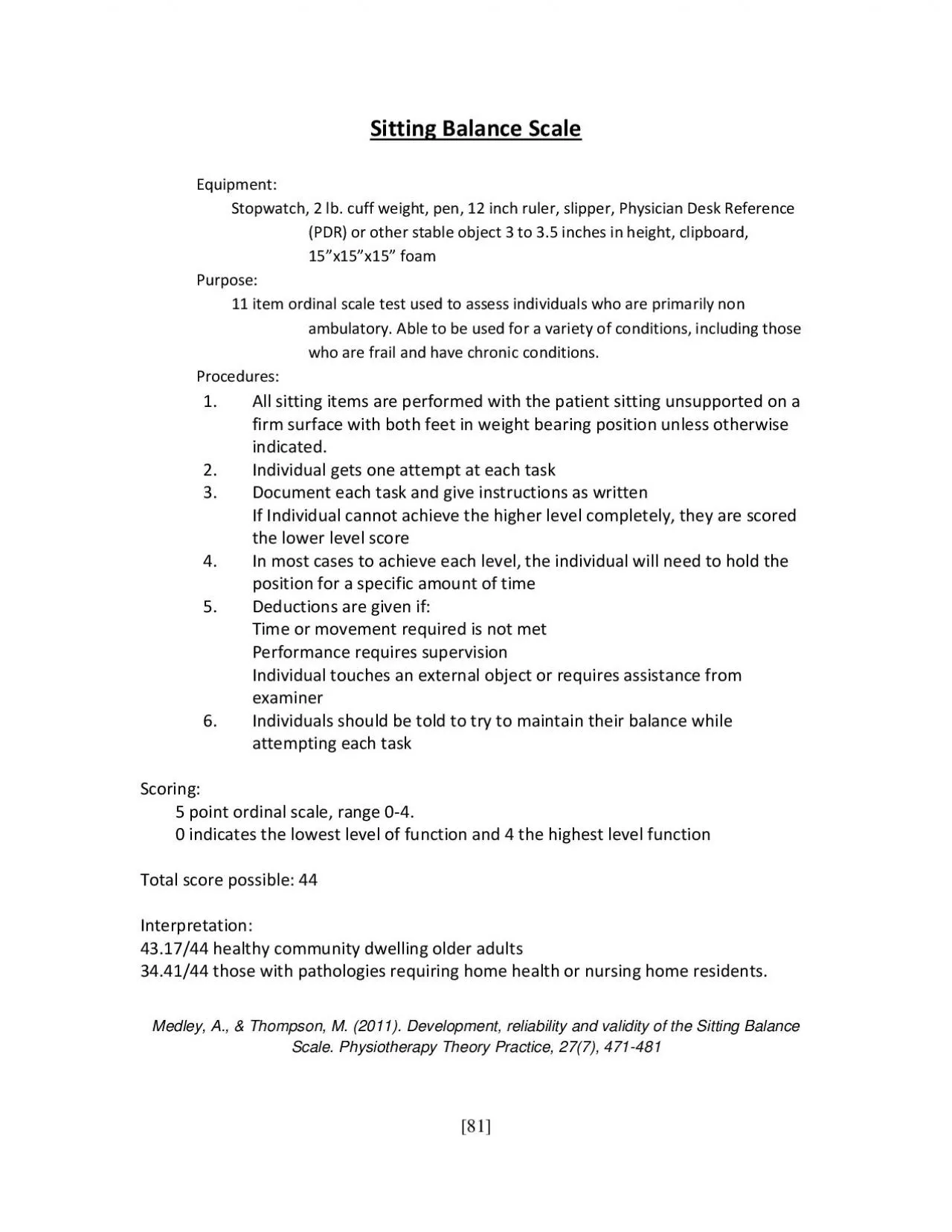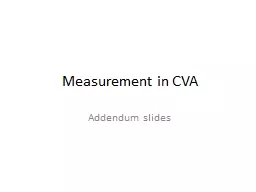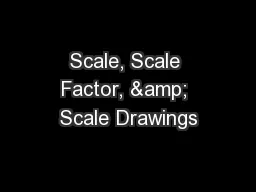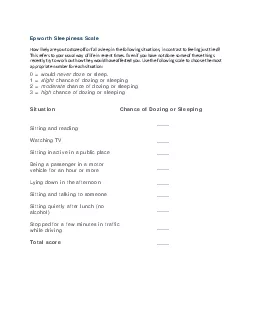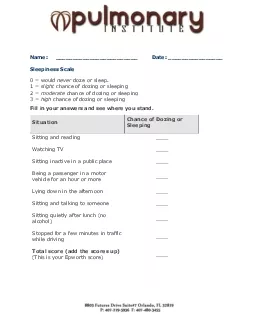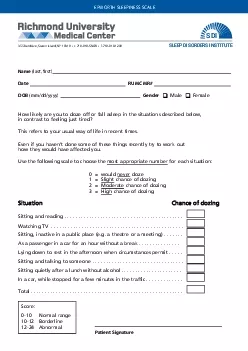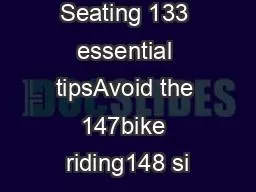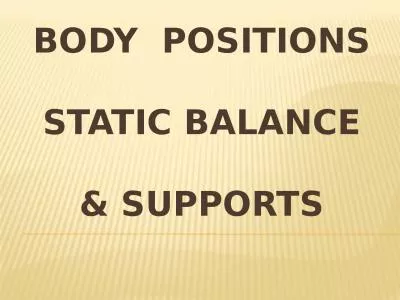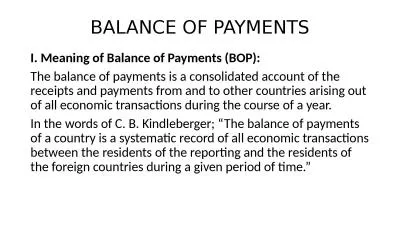PDF-Sitting Balance Scale
Author : hazel | Published Date : 2021-09-29
81EquipmentStopwatch 2 lbcuff weight pen 12inch ruler slipper Physician Desk Reference 15x15x15 foamPurpose11 item ordinal scale test used to assess individuals
Presentation Embed Code
Download Presentation
Download Presentation The PPT/PDF document "Sitting Balance Scale" is the property of its rightful owner. Permission is granted to download and print the materials on this website for personal, non-commercial use only, and to display it on your personal computer provided you do not modify the materials and that you retain all copyright notices contained in the materials. By downloading content from our website, you accept the terms of this agreement.
Sitting Balance Scale: Transcript
Download Rules Of Document
"Sitting Balance Scale"The content belongs to its owner. You may download and print it for personal use, without modification, and keep all copyright notices. By downloading, you agree to these terms.
Related Documents

